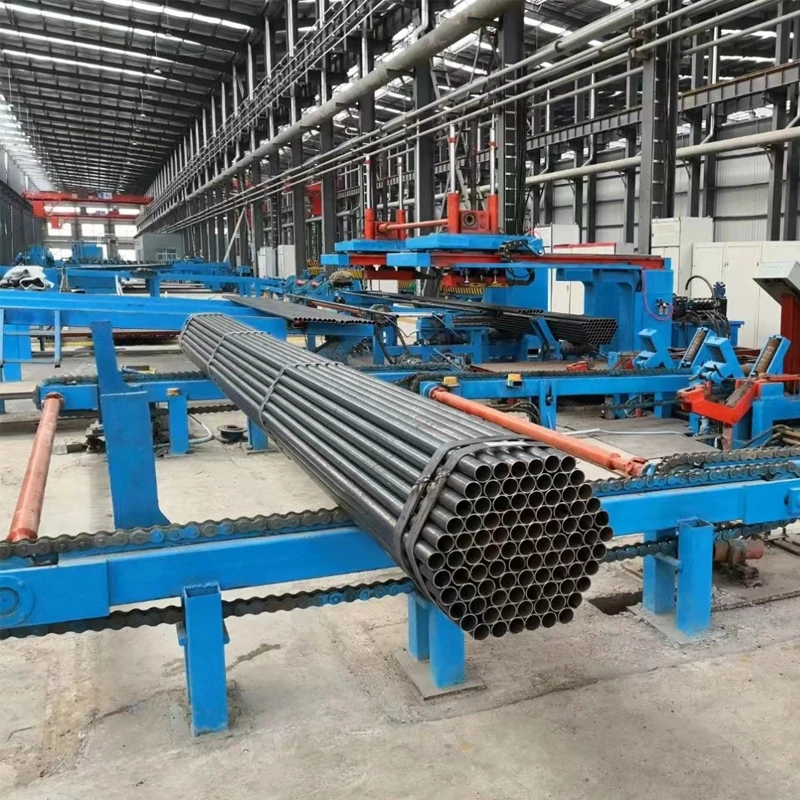pipe extrusion machine price
Understanding Pipe Extrusion Machine Prices
In the world of manufacturing, particularly in plastics and polymers, the pipe extrusion machine plays a crucial role. These machines are designed to transform raw plastic materials into various types of pipes, used extensively in industries such as construction, plumbing, and telecommunications. As demand for these pipes continues to increase, understanding the costs associated with pipe extrusion machines is essential for manufacturers and businesses looking to invest in this technology.
Overview of Pipe Extrusion Machines
A pipe extrusion machine comprises several critical components, including the hopper, extruder, die, cooling tank, and cutting system. Each of these parts contributes to the overall functionality and efficiency of the machine. The process begins with the plastic raw materials being fed into the extruder where they are melted and forced through a die to form a continuous pipe. After shaping, the pipe is cooled and cut to the desired lengths.
Factors Influencing the Price of Pipe Extrusion Machines
Several factors come into play when determining the price of a pipe extrusion machine
1. Type of Machine There are various types of extrusion machines, such as single-screw, twin-screw, and co-extruders. Single-screw machines are generally less expensive than twin-screw machines, which offer greater versatility and efficiency for complex materials.
2. Production Capacity The capacity of the machine to produce pipes in volumes significantly affects its price. Machines that can produce higher quantities of pipes per hour are often more expensive due to their advanced technology and larger size.
3. Material Compatibility Machines that can handle a broader range of materials, including different grades of plastics and additives, typically come with a higher price tag. Equipment designed for high-performance materials, like polyethylene or PVC, may also command higher prices.
pipe extrusion machine price

4. Automation and Technology The level of automation plays a significant role in determining the cost. Machines with advanced control systems, real-time monitoring, and automation features require a larger investment but can yield significant savings in labor and operational efficiency over time.
5. Brand and Manufacturer The reputation of the brand also affects pricing. Established manufacturers with proven track records may charge more for their equipment due to the reliability and support they offer. Conversely, new or lesser-known brands may provide more competitive pricing but may not have the same level of service or quality assurance.
6. Geographic Location Prices can vary significantly depending on the geographic location of the manufacturer or supplier. Logistics costs, import taxes, and regional demand can all influence the final pricing.
Average Price Range
On average, pipe extrusion machines can range from $20,000 to over $200,000. Smaller, less complex machines might start in the lower end of this spectrum, while high-capacity and fully automated systems can quickly rise into the higher price brackets.
Investment vs. Cost
When considering the price of a pipe extrusion machine, it is often beneficial to view it as an investment rather than a simple cost. While the upfront expenditure may be substantial, the potential return on investment through increased production efficiency, lower labor costs, and the ability to meet market demands can make purchasing such equipment worthwhile in the long run.
Conclusion
Investing in a pipe extrusion machine is a significant decision that requires careful consideration of various factors. By understanding the elements that influence pricing, businesses can make informed choices that align with their production needs and financial capabilities. As technology advances and the demand for various pipe materials increases, the importance of selecting the right extrusion machine becomes ever more critical for success in the manufacturing industry.
-
High Frequency Straight Seam Welded Pipe Production Line-BzZhou Xinghua Machinery Equipment Manufacturing Co., LTD.|line pipe steel&welded gas pipeNewsJul.30,2025
-
High Frequency Straight Seam Welded Pipe Production Line-BzZhou Xinghua Machinery Equipment Manufacturing Co., LTD.|High Precision&Automated SolutionsNewsJul.30,2025
-
High Frequency Straight Seam Welded Pipe Production Line - BzZhou Xinghua Machinery Equipment Manufacturing Co., Ltd.NewsJul.30,2025
-
High Frequency Straight Seam Welded Pipe Production Line-BzZhou Xinghua Machinery Equipment Manufacturing Co., LTD.|Precision Welding, High EfficiencyNewsJul.30,2025
-
High Frequency Straight Seam Welded Pipe Production Line|BzZhou Xinghua|Precision Welding&EfficiencyNewsJul.30,2025
-
High Frequency Straight Seam Welded Pipe Production Line - BzZhou Xinghua|Precision Engineering&EfficiencyNewsJul.30,2025


